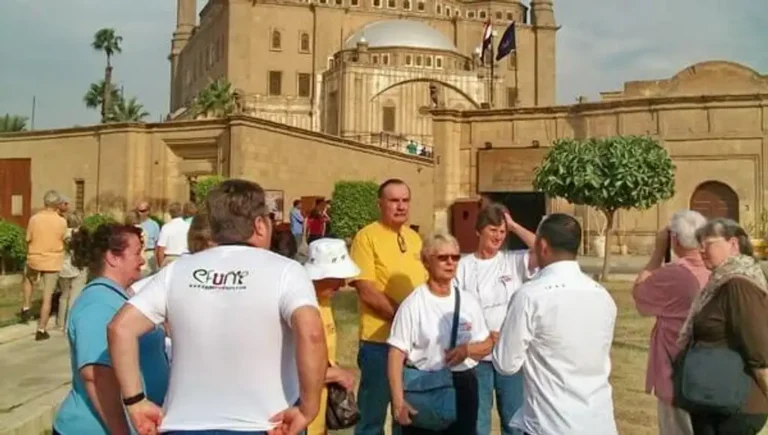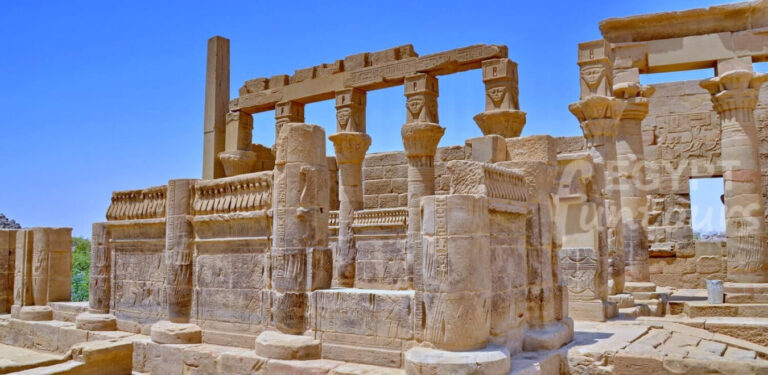The Battle of Kadesh Facts
Egypt had 20,000 troops for this battle, divided into four military divisions named after gods: Amun, Ra, Ptah, and Seth. Chariots, archers, and Lancers made up these divisions. The Hittite country, for its part, assembled a 27,000-strong army after allying with twenty Syrian and Anatolian kingdoms to combat Egypt’s armed power.
The Battle of Kadesh is a Landmark in Chariot Warfare
Ramesses II’s Egyptian Empire and Muwatalli II’s Hittite Empire fought the Battle of Kadesh around 1274 BCE. This battle is famous as one of the largest chariot battles in ancient history. The conflict was enormous, with thousands of chariots on both sides.
Massive Deployment of Chariots
- Hittite Might: The Hittite army reportedly deployed around 3,500 chariots, a staggering number that showcases their military prowess and strategic investment in chariot warfare.
- Egyptian Forces: Ramesses II’s forces countered with approximately 2,000 chariots, integrating both elite and auxiliary units.
Tactical Innovation and Warfare
The battle’s significance extends beyond numbers. It illustrates the tactical evolution of chariot warfare, highlighting how these vehicles were central to military strategies. The maneuverability and speed of the chariots allowed for intricate battlefield tactics, pivotal in both offensive and defensive maneuvers.
Historical Impact
The outcome of the Battle of Kadesh also had profound implications for the balance of power in the ancient Near East. Although the battle itself was indecisive, the eventual peace treaty, one of the earliest recorded, reshaped diplomatic relations and territories.
Key Takeaways
- Scale: The Battle of Kadesh involved thousands of chariots, making it unparalleled in ancient military history.
- Innovation: The battle demonstrated advanced tactical use of chariots, which influenced future military engagements.
- Impact: It altered the geopolitical landscape and led to significant diplomatic developments.
Understanding the Battle of Kadesh gives us insights into the evolution of ancient warfare and the strategic importance of chariots in shaping historical events.
The Battle Unfolds
Ramses entered Syria with four divisions: Amun, Ra, Ptah, and Seth. His army included Egyptian battalions, Nubian soldiers, and a large force of Amorites who hated the Hittites. Ramses arrived at Kadesh and flanked it from the west and north. He didn’t know the Hittites had done the same from the east and south, along the Orontes River.
The Hittite king, Muwatalli, showed great ingenuity. He sent soldiers to be captured. These soldiers convinced the Egyptians that the Hittites were farther north. Ramses, ignoring his officers’ advice, rushed forward with the Amun and Ra divisions without waiting for the rest of his army. By the time he learned the truth, it was too late.
Nervously, Ramses prepared his defenses. He sent messages to the Ptah and Seth divisions, urging them to hurry. The Hittites were very organized. They had a firm, concrete strategy. They crossed the Orontes River from east to west, south of Kadesh, and launched a devastating attack. The Egyptian divisions, hungry and exhausted from the march, barely managed to defend themselves.
Turning the Tide
The Ra division came under fire and was almost destroyed. Only a few chariots survived. With the Ptah and Seth divisions still absent, King Muwatalli moved many chariots to the camp where Ramses II and his Amun division were reorganizing. He thought this second attack would win the battle for the Hittites. As the Hittite attack on the camp began, it was reinforced with chariots and shield fragments, which gave the Egyptians an unimpeded corridor for their soldiers and archers.
Suddenly, a group of chariots known as Ne’arin arrived. It is unclear whether they were part of the Seth division or Amorite allies. They ambushed the Hittite chariots on the flank, turning the fight in the Egyptians’ favor. Ramses quickly marshaled his men and launched a counterattack. With their shock advantage gone, the Hittite chariots seemed slow and clumsy. The lighter Egyptian vehicles outmaneuvered them easily. Ramses, through his boldness and decisiveness, turned a near defeat into an honorable draw. This conflict resulted in a ceasefire and the famous Treaty of Kadesh, which established a lasting peace.
Key Strategies Employed by Ramesses:
- Remarshalling His Forces: Despite the chaos, Ramesses efficiently reorganized his troops, demonstrating his leadership under pressure.
- Quick Counterattack: He swiftly launched a counteroffensive, catching the Hittites off guard and exploiting their momentary disarray.
- Utilizing Agile Chariots: The Egyptian chariots, being lighter and more maneuverable, were effectively used to outflank and outpace the heavier Hittite chariots.
- Turning Adversity into Advantage: Ramesses’s ability to turn a near-defeat into an honorable draw showcased his tactical acumen and resilience.
These strategies not only salvaged the situation but also demonstrated Ramesses’ tactical brilliance, reinforcing his legacy as a formidable military leader.
Just at that time, a body of chariots known as Ne’arin arrives, and it’s unclear if it’s part of the division of Seth or the amorous kingdoms of the Egyptians summoned by Ramses II. Calm and determined, Ramesses quickly remarshalled his men and launched a counterattack. With their shock advantage gone, the Hittite chariots seemed slow and ungainly; the lighter Egyptian vehicles outmaneuvered them with ease. The reality is that they ambushed the Hittite chariots on the flank and tipped the fight in the Egyptians’ favor.
Ceasefire
Ramesses, bold and decisive, managed to pluck from the jaws of defeat, if not victory, then at least an honorable draw. The conflict eventually resulted in a ceasefire, the famed Treaty of Kadesh, and a year-long peace.
The infantry resistance and the onslaught of the experienced Egyptian archers were successful in stopping the tired Hittite horses and men and forcing them to flee, resulting in a slaughter. Even though the Hittites lost the first battle and the element of surprise, there was still a battle ahead; they had only utilized a portion of their formidable chariots, and the infantry had not participated, and the cavalry had not appeared as a body of the army in those days.
The Battle of Kadesh saw a massive deployment of chariots. The Hittites fielded about 3,000 chariots, while their opponents contributed around 5,000 chariots to the confrontation. This brings the total number of chariots involved to approximately 8,000. Rows upon rows of these war machines clashed on the battlefield, contributing significantly to the day’s skirmish. The sheer scale of the chariot forces underscores the importance and intensity of this historic battle.



























